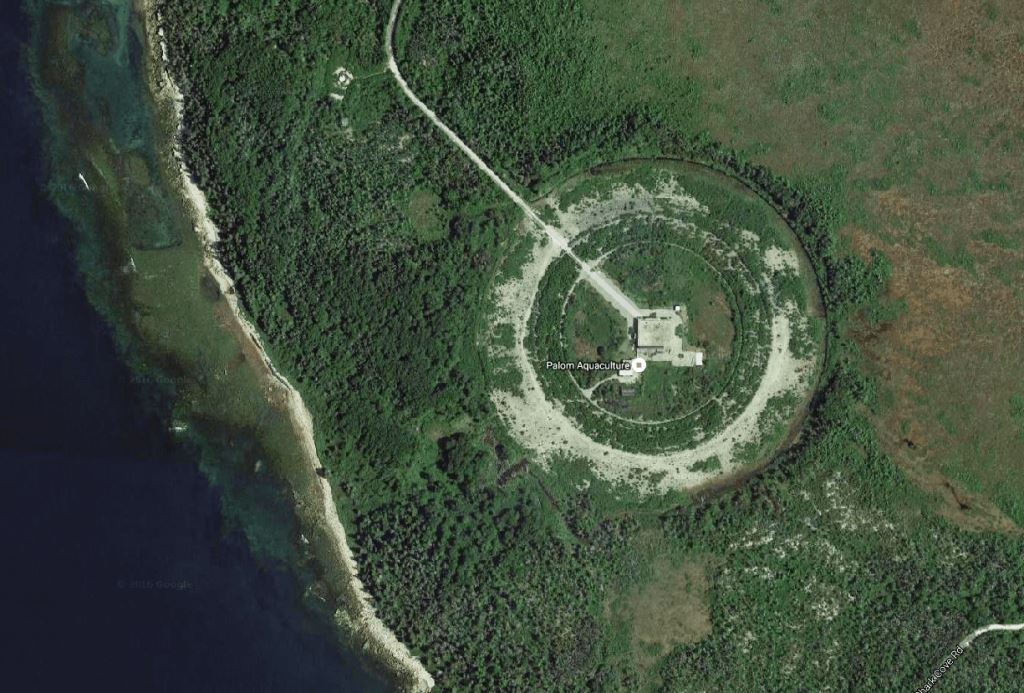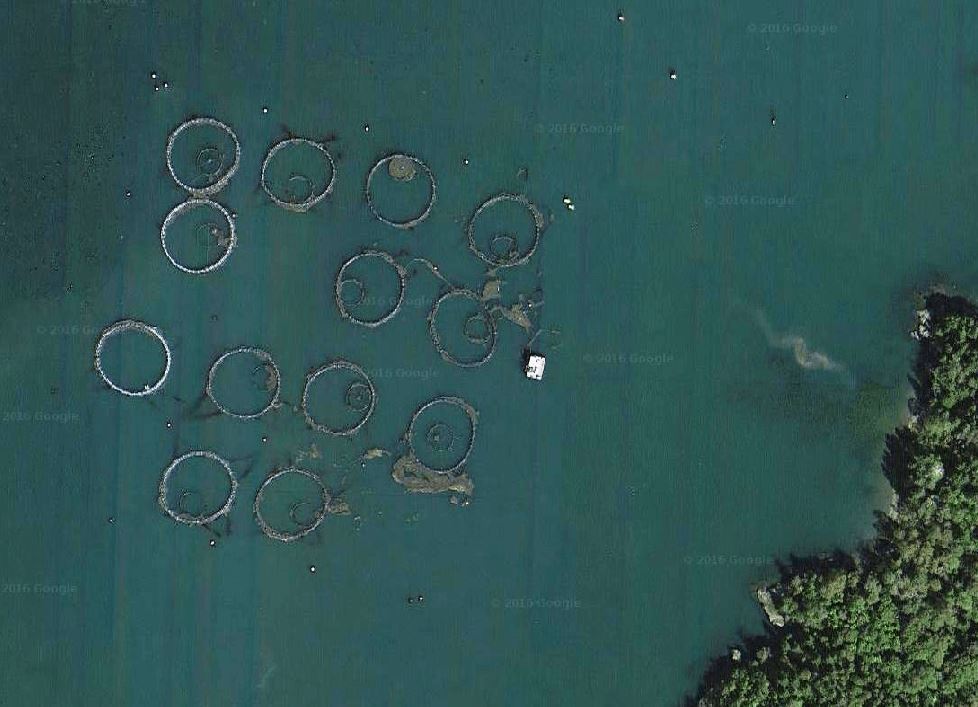- Palom Home
- Recirculating Aquaculture Systems Pros
- Land Based Aquaculture Pros and Cons
Land Based Aquaculture Pros And Cons

Below we discuss land based aquaculture pros and cons. The land based salmon farming industry is evolving and is quite dynamic. As a portion of the industry moves away from traditional net pen farming to organic pen farming, it is interesting to compare, in a simple list, why many companies like Palom are moving to recirculating aquaculture systems RAS.
Land Based Aquaculture Pros And Cons
RAS (naturally farmed) versus PEN (naturally farmed)
1.) Naturally Raised
RAS - Yes
PEN - Mostly
The USA legal definition or "natural" is "non-irradiated." Obviously, this leaves a lot of discretion to the farmer for labeling. Here, the definition means that the animal is left alone in the water environment to swim throughout its life with minimal human contact. The fish does not come in contact or ingest man-made synthetics unless there is the potential of catastrophic loss of the crop. All animals are given vaccines in the early smolt stage. Farms do not introduce sub-therapeutics in the feed. De lousing and de-fouling agents used on the salmon in the nets may have an impact on human health as trace product remains with the fish flesh.
2.) Spread Of Pathogens
RAS - No, physical barriers
PEN - Yes, sea currents, sea life
Disease is spread easily throughout the aquaculture industry, in both pen and RAS. In both systems, if disease is present, immediate action must be taken to salvage the harvest and then disinfect the infected areas of the farms and accessory equipment. UV lights and ozone kill most pathogens before entering the RAS and before discharge.
However, on land, a closed containment system has physical barriers like gates, doors, walls and roofs. Net Pens do not as the grow-out facility is typically in sea bays. Birds, marine life, currents and work boats spread disease no matter the care taken. Farms are in the wild.
3.) Technology - Off the Shelf
RAS - Yes
PEN - Yes
RAS is a known technology as it has been used in hatcheries for years. More recently large conventional companies are using RAS to grow large smolt in sea water before introduction into seawater nets. Both systems encounter difficulties when densities of fish mass per cubic meter of water exceed reasonable limits. Typically in net pens a rule of thumb is about 25kg of fish mass per m3 of water. In RAS, because of the man made currents and filtration systems common densities range up to 70 kg of fish mass per m3 of water. These are general rules and some farms exceed these limits with good fish health and profitability.
4.) Predator Attacks
RAS - No, farm enclosed
PEN - Yes, from sea and air
See two above
5.) Pollution Discharged
RAS - No, effluent filtered and disinfected
PEN - Yes, direct to ocean
RAS pollution is constantly filtered and monitored before discharge into local waterways. UV lights and ozone kill most pathogens before entering the RAS and before discharge.
PEN farms float in local water ways. Measurement is difficult as the seawater environment is in constant flux.
6.) Growth Period
RAS - 12-14 months
PEN - 18-24 months
With land farmed salmon, the farmer controls the variables; photo-period, salinity, water temperature and water chemistry. Feedings can be delivered surgically using camera feed back loops. Overfeeding is bad for the fish, the bio-filters and the farm's profitability. It is always best to slightly underfeed than slightly overfeed fish.
7.) Escapes
RAS - None, on land
PEN - Yes, through netting
With closed containment, all discharge outlets have screening.
8.) Capital Costs
RAS - High
PEN - Medium
RAS has infrastructure costs much higher than net systems.
9.) Operational Costs
RAS - Medium to low is using solar power
PEN - Medium
Both are medium, though Recirculating Aquaculture Systems , are more efficient.
10.) Crop Insurance
RAS - Yes
PEN - Difficult, acts of nature, many companies are forced to self insure
11.) Modifiable Growth Curve
RAS - Yes, all variables measured and can be adjusted
PEN - Some, but difficult with seawater, currents, and weather
12.) Premium Pricing Over Conventionally Raised Salmon
RAS - Yes in general as the public sees the system as less of an environmental hazard as net pens.
PEN - Yes, if naturally grown as per the UK Soil Association.
13.) Locally Grown
RAS - Yes, Maine USA
PEN - Yes, Maine USA
14.) Profitability Per Fish
RAS - Best
PEN - Mediocre
Fish can be separated in cohorts for specific reasons; harvest, early maturation, or poor health. On land it is feasible to handle fish one by one during the harvest with the first task of drawing blood for sale to biotech firms. The balance of the fish can be processed locally for fillets, heads, and offal. Fish waste can be used in aquaponics to grow high priced micro-greens.
15.) Solar Array Electricity
RAS - Yes
PEN - No
With return of investment monies before ten years, it is important now to link power with fish health. The farmer should no longer be concerned with conserving power. With "free power" the farmer can reduce salmon densities, use more tanks and maintain cold tank water during the summer. With "free power" we can produce more plants with better lighting and heat.
Farm Video Aerials and Animations

